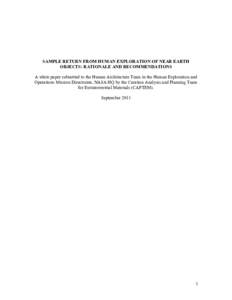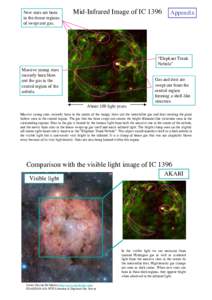191 | Add to Reading ListSource URL: mwmw.gsfc.nasa.govLanguage: English - Date: 2011-07-27 09:48:30
|
|---|
192 | Add to Reading ListSource URL: www.universeadventure.orgLanguage: English - Date: 2007-07-03 17:13:38
|
|---|
193 | Add to Reading ListSource URL: www.lpi.usra.eduLanguage: English - Date: 2011-09-27 11:09:07
|
|---|
194 | Add to Reading ListSource URL: www.universeadventure.orgLanguage: English - Date: 2007-07-03 17:13:38
|
|---|
195 | Add to Reading ListSource URL: www.faa.govLanguage: English - Date: 2006-09-18 13:59:55
|
|---|
196 | Add to Reading ListSource URL: cran.r-project.orgLanguage: English - Date: 2014-08-22 18:55:43
|
|---|
197 | Add to Reading ListSource URL: www.ir.isas.jaxa.jpLanguage: English - Date: 2006-08-28 00:58:20
|
|---|
198 | Add to Reading ListSource URL: genesismission.jpl.nasa.govLanguage: English - Date: 2005-11-30 08:11:59
|
|---|
199![Uranometria[removed]’s Globular Cluster Database Some 170 globular clusters, including both Milky Way and Magellanic Cloud objects; are contained in this atlas. They are shown as a continuous-line open circle with an int Uranometria[removed]’s Globular Cluster Database Some 170 globular clusters, including both Milky Way and Magellanic Cloud objects; are contained in this atlas. They are shown as a continuous-line open circle with an int](https://www.pdfsearch.io/img/1b4529719795988856b411fc482ca9ac.jpg) | Add to Reading ListSource URL: www.willbell.comLanguage: English - Date: 2008-10-21 19:15:19
|
|---|
200 | Add to Reading ListSource URL: www.nasa.govLanguage: English - Date: 2013-04-30 20:24:10
|
|---|